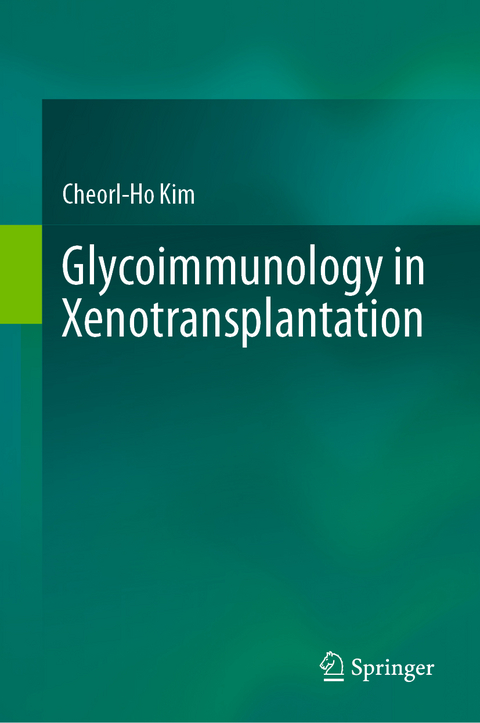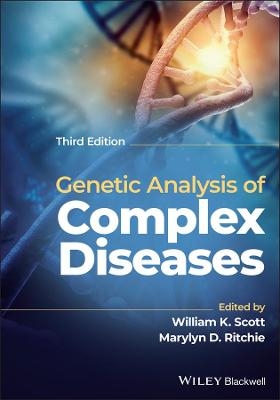
Glycoimmunology in Xenotransplantation
Springer Verlag, Singapore
978-981-99-7690-4 (ISBN)
Prof. Cheorl-Ho Kim Molecular and Cellular Glycobiology Unit, Department of Biological Sciences, Sungkyunkwan University
Preface.- Table of Contents.- Keywords.- Chapter 1 Origin of Life and Diversity of Glycan.- Chapter 2 Current State of Xenotransplantation.- Chapter 3 Pig as Best Source for Clinical Xenotransplantation.- Chapter 4 Glycan Antigens of Pig Interfering with Xenotransplantation: Three Immune Responses from the Glycans.- Chapter 5 Glycosylation in Eukaryotes.- Chapter 6 Human Red Blood Cell (RBC) Blood Groups System.- Chapter 7 Non-ABO Blood Group Systems.- Chapter 8 Conceptual Aspect of Xenotransplantation from ABO Blood Type-incompatible Organ Allotransplantation.- Chapter 9 Classification of Rejection in Host Recipients in Xenotransplantation.- Chapter 10 Hyper Acute Rejection (HAR).- Chapter 11 Non-α1,3Gal Carbohydrate Antigenic Epitopes.- Chapter 12. Other non-a1,3Gal Antigens.- Chapter 13 Blood Mediated Inflammatory Reaction (IBMIR) and Prevention of IBMIR.- Chapter 14 Protection of Cellular Antigens from Xenoreactive Responses as Overcoming Strategies.- Chapter 15 Delayed Rejection of Xenograft (DRX).- Chapter 16 Blood Coagulation as Coagulation Dysregulation.- Chapter 17 Xenogeneic and Allogenic Cellular Rejection (CR).- Chapter 18 Induction of Xenograft Tolerance and Chimerism as an Alternative Prevention of Xenograft Rejection.- Chapter 19 Genome Editing and Transgenes in Pigs.- Chapter 20 Solid Xenoorgan Xenotransplantation.- Chapter 21 Infectious Risk and Protection.- Chapter 22 Concept of Chimeric Organisms such as Human-non-human chimera (HNH-chimera).- Chapter 23 Intra-bone Bone Marrow Transplantation.- Chapter 24 The Future of Pig Organ and Cell Xenotransplantation.- Chapter 25 Conclusions.
| Erscheinungsdatum | 22.02.2024 |
|---|---|
| Zusatzinfo | 1 Illustrations, black and white; XX, 365 p. 1 illus. |
| Verlagsort | Singapore |
| Sprache | englisch |
| Maße | 155 x 235 mm |
| Themenwelt | Studium ► 2. Studienabschnitt (Klinik) ► Humangenetik |
| Studium ► Querschnittsbereiche ► Infektiologie / Immunologie | |
| Naturwissenschaften ► Biologie ► Genetik / Molekularbiologie | |
| Schlagworte | biological diversity • carbohydrate antigen • ER/Golgi apparatus • glycan-based Evolution • Swine (pig) KO strain • Xenotransplantation |
| ISBN-10 | 981-99-7690-1 / 9819976901 |
| ISBN-13 | 978-981-99-7690-4 / 9789819976904 |
| Zustand | Neuware |
| Haben Sie eine Frage zum Produkt? |
aus dem Bereich


